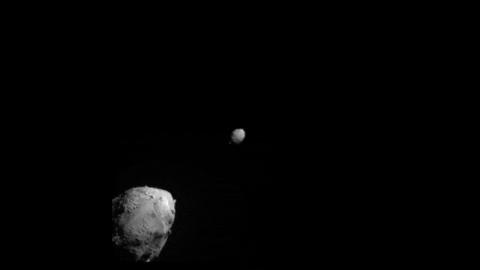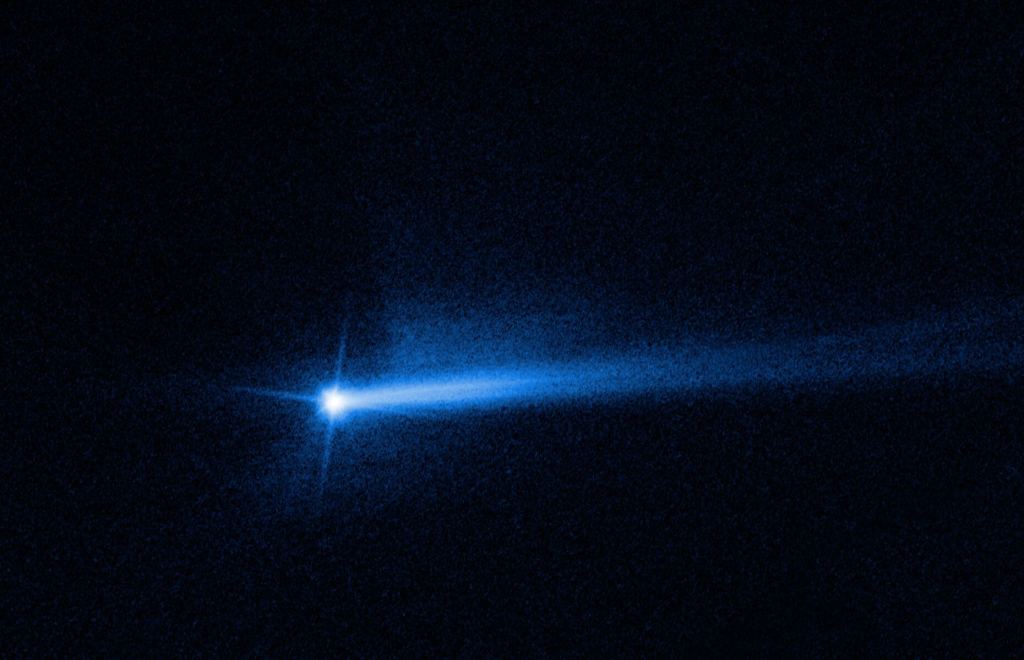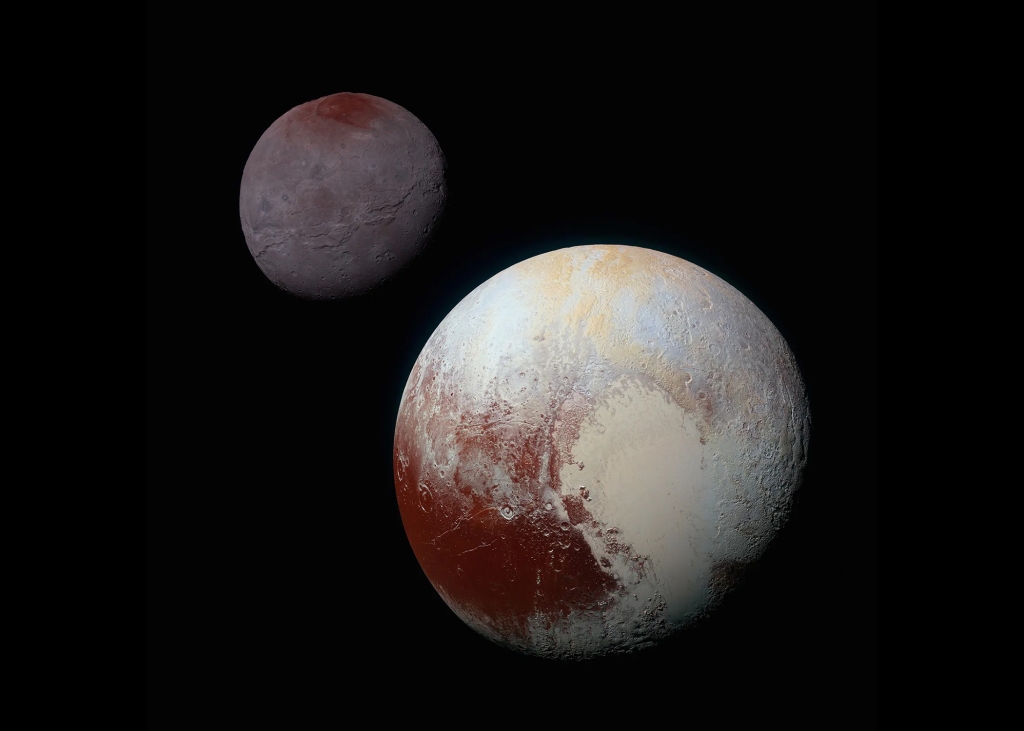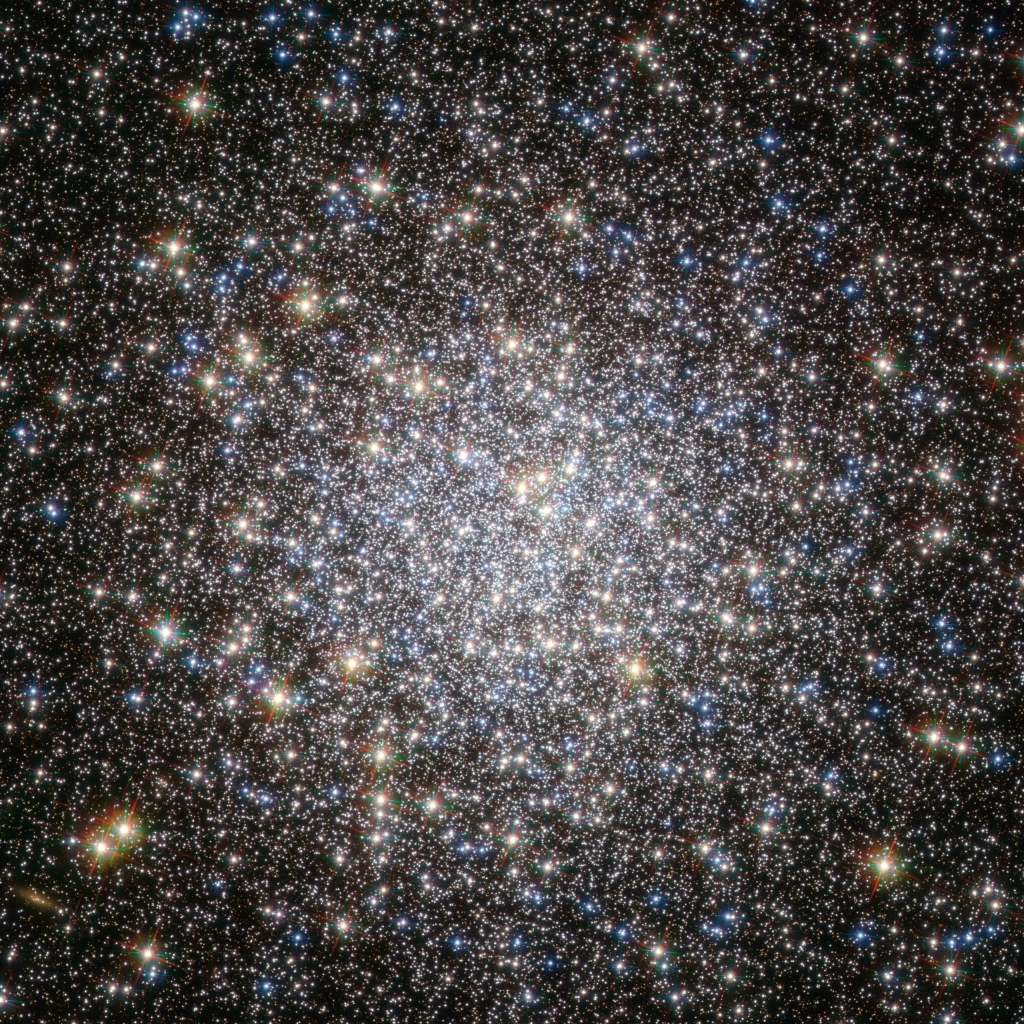In a recently published study, an updated shape model of the asteroid Dimorphos has been unveiled, shedding new light on its structure and potential changes following the historic Double Asteroid Redirection Test (DART) mission. The DART mission, a pioneering endeavor by NASA, marked humanity’s first active attempt at planetary defense. On September 26, 2022, the mission successfully demonstrated a technology capable of altering an asteroid’s trajectory, targeting the binary asteroid system Didymos, and specifically colliding with its secondary component, Dimorphos.

The asteroid system of Didymos and Dimorphos presents a fascinating celestial duo in our solar system. Didymos, the larger of the two, is classified as a binary asteroid, with its name derived from the Greek word for “twin,” indicative of its paired nature with the smaller asteroid, Dimorphos. This system orbits the Sun primarily within the main asteroid belt, nestled between the orbits of Mars and Jupiter. Didymos measures approximately 780 meters in diameter, significantly overshadowing Dimorphos, which is roughly 160 meters across. Compositionally, these asteroids are thought to be a conglomerate of various types of rock and possibly metals, with surfaces covered in dust and debris from millions of years of cosmic interaction.
The DART mission, conducted in September 2022, successfully demonstrated the ability to alter an asteroid’s trajectory by intentionally colliding a spacecraft with Dimorphos. This landmark event not only showcased human ingenuity in space technology but also provided invaluable data on the asteroid’s physical properties, including its shape, size, and composition, contributing significantly to our understanding of similar near-Earth objects.

This newly refined shape model of Dimorphos emerges from enhanced computational techniques and a more precise understanding of the DART spacecraft’s positioning and the Didymos system’s orbit. Notably, the model leverages advanced stereophotoclinometry (SPC) methods, employing imagery from the DRACO imager aboard the DART spacecraft and the Italian Space Agency’s LICIACube. This approach has refined our understanding of Dimorphos’s form, revealing it to be slightly smaller and more elongated than previously estimated, showing a 2.8% decrease in volume.
Crucially, the shape of Dimorphos is not just a matter of academic interest. It holds the key to understanding the asteroid’s mass, which in turn informs calculations about the momentum transfer resulting from the DART impact. Moreover, the shape provides valuable clues about the asteroid’s origins and evolutionary path, and it plays a significant role in determining the asteroid’s post-impact orbital and rotational state.

The updated model highlights a more pronounced oblateness in Dimorphos’s shape prior to the DART impact, supporting theories that suggest the asteroid underwent significant reshaping, possibly forming a large crater or experiencing a more widespread transformation due to the mission’s impact.
Researchers and the public alike can access both the updated and the earlier shape models through the Planetary Data System Small Bodies Node and the Small Body Mapping Tool, fostering further study and understanding of these celestial bodies.
This stride in asteroid research not only enhances our comprehension of Dimorphos but also propels forward our capabilities in asteroid shape modeling, especially for objects with limited imaging data.
Source: Terik, Daly R, et al. “An Updated Shape Model of Dimorphos from DART Data.” The Planetary Science Journal, vol. 5, no. 1, 2024, p. 24, dx.doi.org/10.3847/PSJ/ad0b07, https://doi.org/10.3847/PSJ/ad0b07.
Featured Image: NASA/ESA





